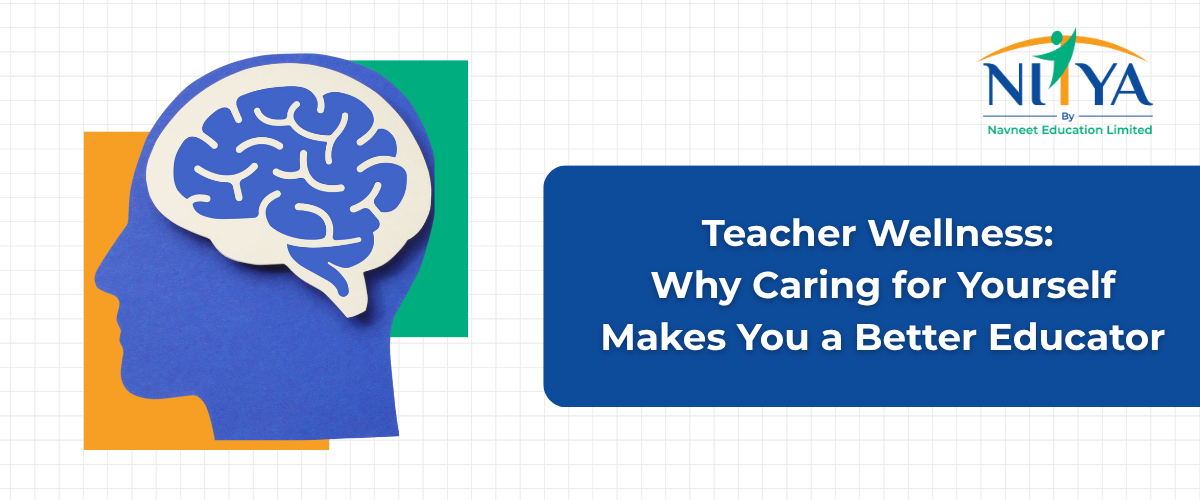When you walk into one of today’s modern classrooms, everything inside is completely different compared to the traditional ones. In these classrooms, lessons are engaging and interactive like they’ve been never before. This is what smart classrooms in India are making possible.
In the recent past, chalkboard classrooms have made way for digital classrooms. In addition to that, the National Education Policy (NEP) 2020 also emphasizes the importance of technology-driven learning.
Moreover, the students today are also comfortable with technology and demand interactive ways to learn. Lastly, remote and hybrid learning methods have evolved since the pandemic, making way for complete digital transformation.
In short, smart classrooms are no longer optional; they’re essential. But many school leaders still wonder: how to set up a smart classroom in a practical and cost-effective way? This blog provides a step-by-step guide.
What are Smart Classrooms? Why do they matter?
Smart classrooms are driven by technology, featuring interactive whiteboards, audio-visual tools, projectors, and are backed by learning management software. Basically, these learning spaces combine traditional learning with all these amazing tools of today.
Now that we know what smart classroom technology is, let’s explore some of the primary benefits of this technology for schools. After all, it is a technology that is transforming education at all levels.
Key benefits for Indian schools:
- Higher student engagement through visuals, animations, and simulations.
- Access to curriculum-aligned, high-quality digital content.
- Improved learning outcomes with analytics and progress tracking.
In a nutshell, the technology not only enhances engagement but also makes it simple and seamless for teachers and administrators to track student performance.
Step-by-Step Guide to Setting Up a Smart Classroom

If you’re looking for a smart class setup guide, here are 5 essential steps:
Plan and Assess Your Classroom Needs
- Identify subjects and grade levels where smart classrooms will have the most impact.
- Define objectives: better engagement, exam preparation, or interactive STEM learning?
- Allocate budget and plan scalability; start with a few classrooms before expanding.
Build the Right Infrastructure and Hardware
A strong foundation is critical. A typical setup requires:
- Interactive flat panel displays or projectors.
- Teacher’s computer or tablet.
- Audio systems (speakers + microphones).
- High-speed internet and reliable power backup.
- Well-ventilated, glare-free classrooms.
- Ergonomic classroom design: seating, ventilation, and glare-free visibility.
Hence, schools should start with things that are the most important, and add more advanced tools later on. In other words, they should invest gradually.
Choose the Best Software and Digital Content
The software and content you choose will determine classroom effectiveness. Look for:
- Curriculum-aligned resources tailored to Indian boards.
- Multimedia content: videos, animations, quizzes, simulations.
- A Learning Management System (LMS) to track student progress.
- Offline functionality for areas with unstable internet.
Train Teachers and Align Stakeholders
Technology succeeds only if people embrace it.
- Organize teacher workshops to build digital confidence.
- Involve parents and school administrators to ensure buy-in.
- Share examples of success stories to build enthusiasm.
Monitor, Evaluate, and Maintain the System
- Try to get regular feedback from learners and educators.
- Track improvements in engagement and performance.
- Ensure periodic updates of hardware and software.
- Sign service contracts with vendors for timely maintenance.
Example & Future of Smart Classrooms in India
According to a 2024 report, there has been a 22% increase in student enrollment across 19 Indian cities due to the introduction of smart classrooms. Naturally, it means that digital transformation in education not only boosts interaction in education but also enhances the confidence that parents have in the system.
Looking ahead:
- Urban schools will lead adoption, but rural schools are catching up with government support.
- Hybrid learning models (offline + online) will remain relevant.
- Cost-friendly digital solutions will also boost inclusivity in digital education.
The likes of NAVNEET TOPTECH’s TopClass are leading this transformation with tools that are easy for teachers to use, align with the curriculum, and are scalable.
How NAVNEET TOPTECH Helps Schools Transition?
NAVNEET TOPTECH offers step-by-step support through its flagship product, TopClass, which brings together:
- Curriculum-aligned, interactive content across subjects.
- Easy-to-use teacher tools that require minimal training.
- Offline features for schools with connectivity issues.
- Affordable pricing models suited for different school sizes.
By walking schools through every stage: planning, setup, training, and maintenance, NAVNEET TOPTECH ensures a smooth transition to smart classroom solutions for schools that truly deliver impact.
For Classrooms of Tomorrow
Schools going from traditional chalkboard classrooms to digital ones represents a new kind of learning of today. Moreover, it is not merely a technological upgrade. Hence, when a school leadership opts for smart classrooms, they are actually investing in the students’ future.
When schools follow a smart class setup guide as they introduce the new technology, they can make sure that the implementation is smooth and sustainable. And gradually, we will see smart classrooms in India becoming the norm.
NAVNEET TOPTECH’s TopClass and other such solutions help schools step into the future with all the necessary tools to provide the best education to their students.
Classrooms of tomorrow are being created today! So, when will your school join in on the revolution?
FAQs
- Are smart classrooms expensive to set up?
Not always. The initial investment can be substantial, solutions like NAVNEET TOPTECH provide packages that are affordable.
- Do teachers need technical expertise to use smart classrooms?
No. Most smart classroom solutions for schools are designed to be intuitive. With minimal training, teachers can easily integrate them into their teaching style.
- Can smart classrooms work in schools with limited internet?
Yes. Many solutions, including TopClass, offer offline features so classes can continue seamlessly without a stable internet.




